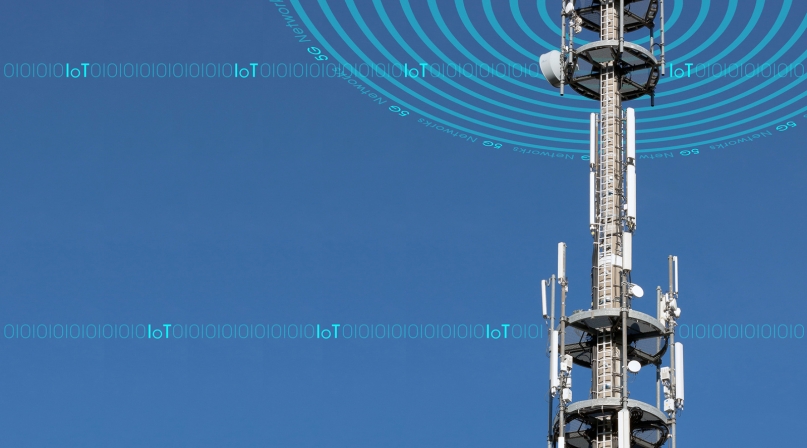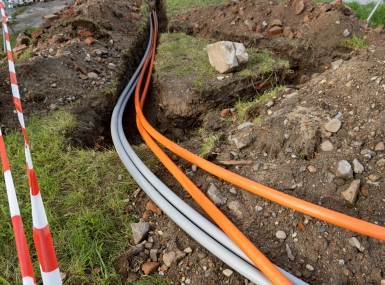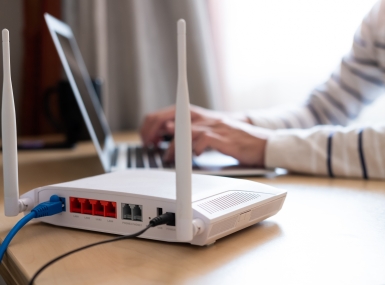Local control, telecom fees on the table at FCC

FCC broadband panel of mostly telecom industry reps recommends reducing local fees, ceding local control
Shrinking telecom fees for local governments and eliminating local control are among some suggested recommendations made by the Federal Communications Commission’s Broadband Deployment Advisory Committee (BDAC), which met Jan. 23 and 24 in Washington, D.C. at FCC headquarters to review draft model codes still being hammered out. The group, charged with finding ways to expand broadband, is set to deliver finalized reports in about three weeks, its chair said. An FCC spokesman said another meeting by the full committee is expected this spring.
The recommendations so far did not sit well with BDAC member San Jose Mayor Sam Liccardo, who resigned from the committee Jan. 25 in protest.
Liccardo sat in on the Jan. 23 and 24 meetings at the FCC, where he voiced concerns about the draft reports the committee discussed.
The committee is composed mainly of members from the telecom industry.
BDAC participants shared drafts of confidential documents with more than 70-member companies before it was made public, Liccardo said.
FCC Commissioner Mignon Clyburn also weighed in on the makeup of the group: “It was…my hope that the BDAC’s consensus-based approach would incorporate the concerns expressed by local government representatives of this Committee,” she said in a statement released Jan. 24.
“… I must say it is regrettable that the concerns of localities do not appear to have been fully addressed.”
Liccardo said that over the holiday break in December, despite nine months of deliberations, a single industry representative completely rewrote a draft municipal code at the eleventh hour.
That left municipal representatives scrambling with insufficient time to vet the hundreds of changes, he noted. The rewritten version closely resembled legislation that the industry pushed in 20 states across the country, he said.
Much of the battle focuses on fees and whether the telecom industry or taxpayers foot the bill for infrastructure investments.
While Liccardo endorses the deployment of 5G, the next generation of wireless internet, he said the industry has used the issue to maneuver for taxpayer-subsidized pricing for access to public infrastructure in high-demand, more affluent service areas.
Despite the BDAC’s stated purpose of identifying resources to improve broadband access to underserved areas such as poor neighborhoods and rural areas, the committee did not craft a single measure that identified a new or substantial source of funding for that purpose, he said.
Below-market rates and by-right access to public infrastructure strips local governments of the ability to hold companies accountable for building out networks to serve all areas, Liccardo pointed out.
Attachments
Related News

Bureau of Land Management updates regulations for broadband infrastructure development on federal public lands
The BLM published a final rule to update regulations for developing and operating broadband infrastructure on public lands.

FCC takes critical steps to improve the 988 National Suicide Lifeline
On March 21, bipartisan congressional leaders and FCC Chairwoman Jessica Rosenworcel announced steps to improve the 988 National Suicide Lifeline. This announcement marks major progress on the nation’s crisis response, a priority for counties and a key policy pillar of the NACo Commission on Mental Health and Wellbeing.

